Why the unfolding leaves of beech trees and other plants inspire scientists: Nature News
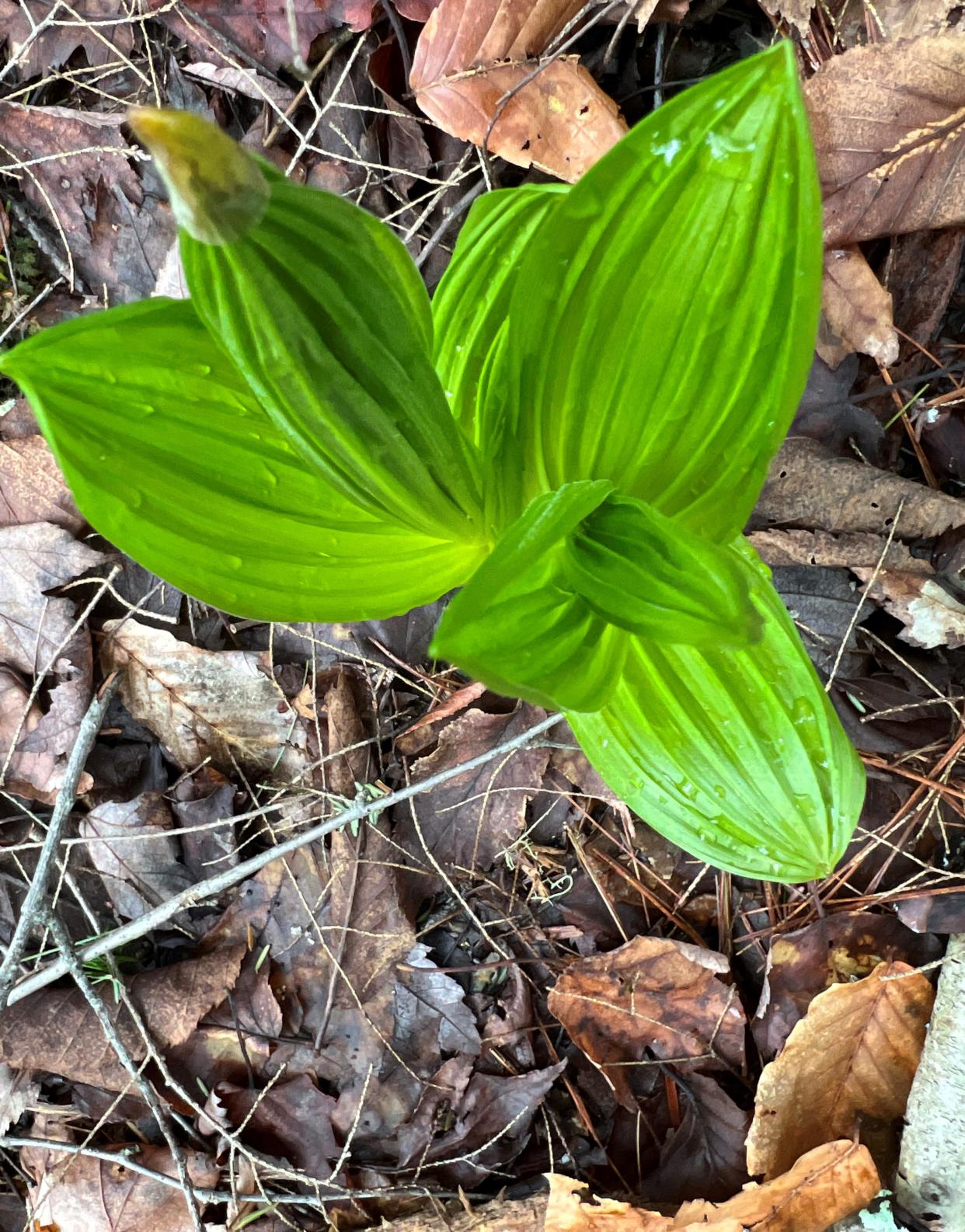
Two of my favorite spring plants, almost entirely based upon their progression from bud to leaf, are beech trees and false hellebore (a common wetland plant). I was thinking about why they are so appealing to me and realized it is the way their leaves unfold as the buds burst; they both have pleated, accordion style leaves in the bud that burst out of the bud with neatly packed accordion folds that then unfold into the mature leaf.
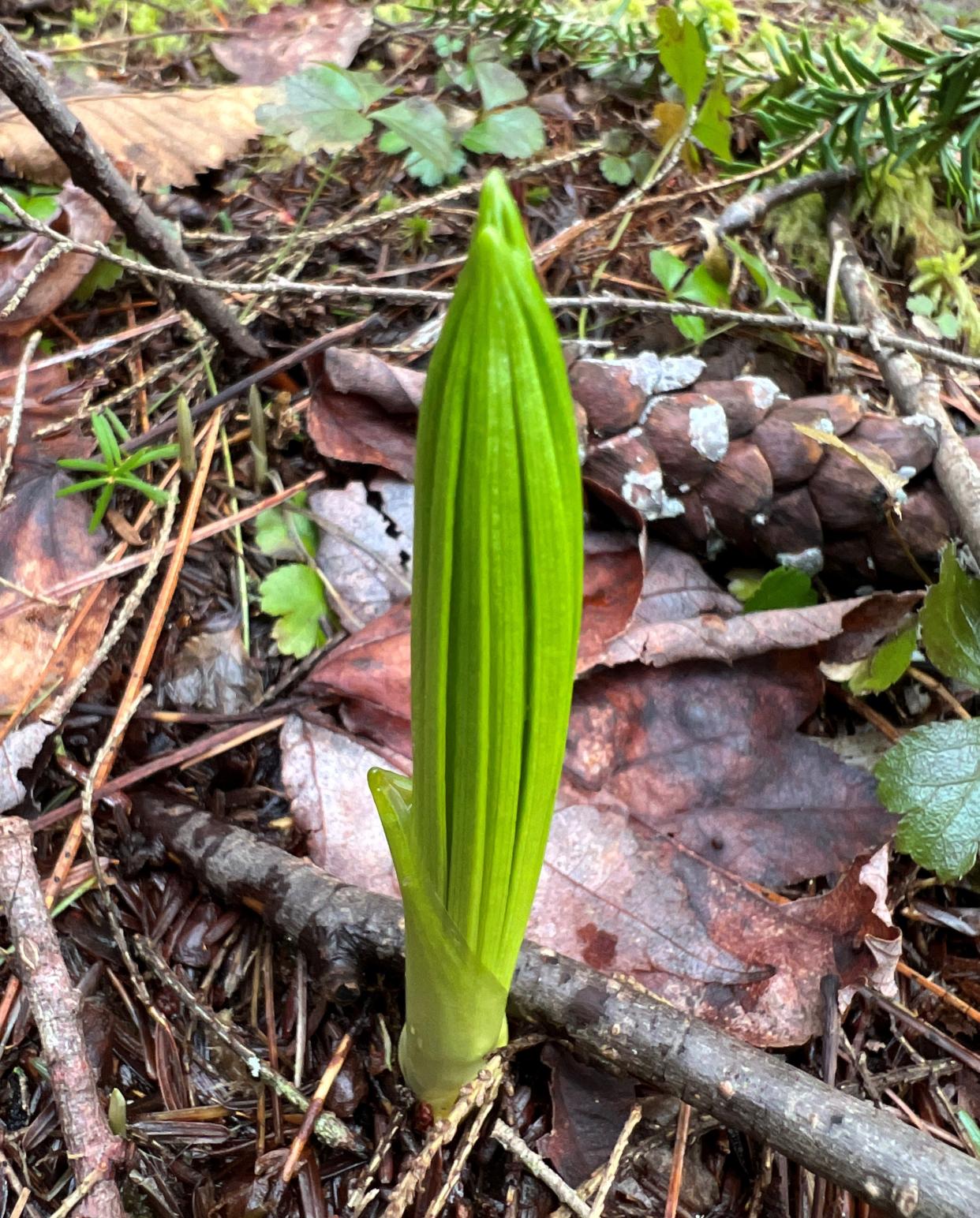
The leaves of most plants are either folded or rolled while they are packed inside the bud. Two common plants-false hellebore and skunk cabbage are good examples of these different approaches to getting one’s leaves out and into the thin sunlight of early spring. Skunk cabbage leaves unroll, false hellebore leaves unfold.
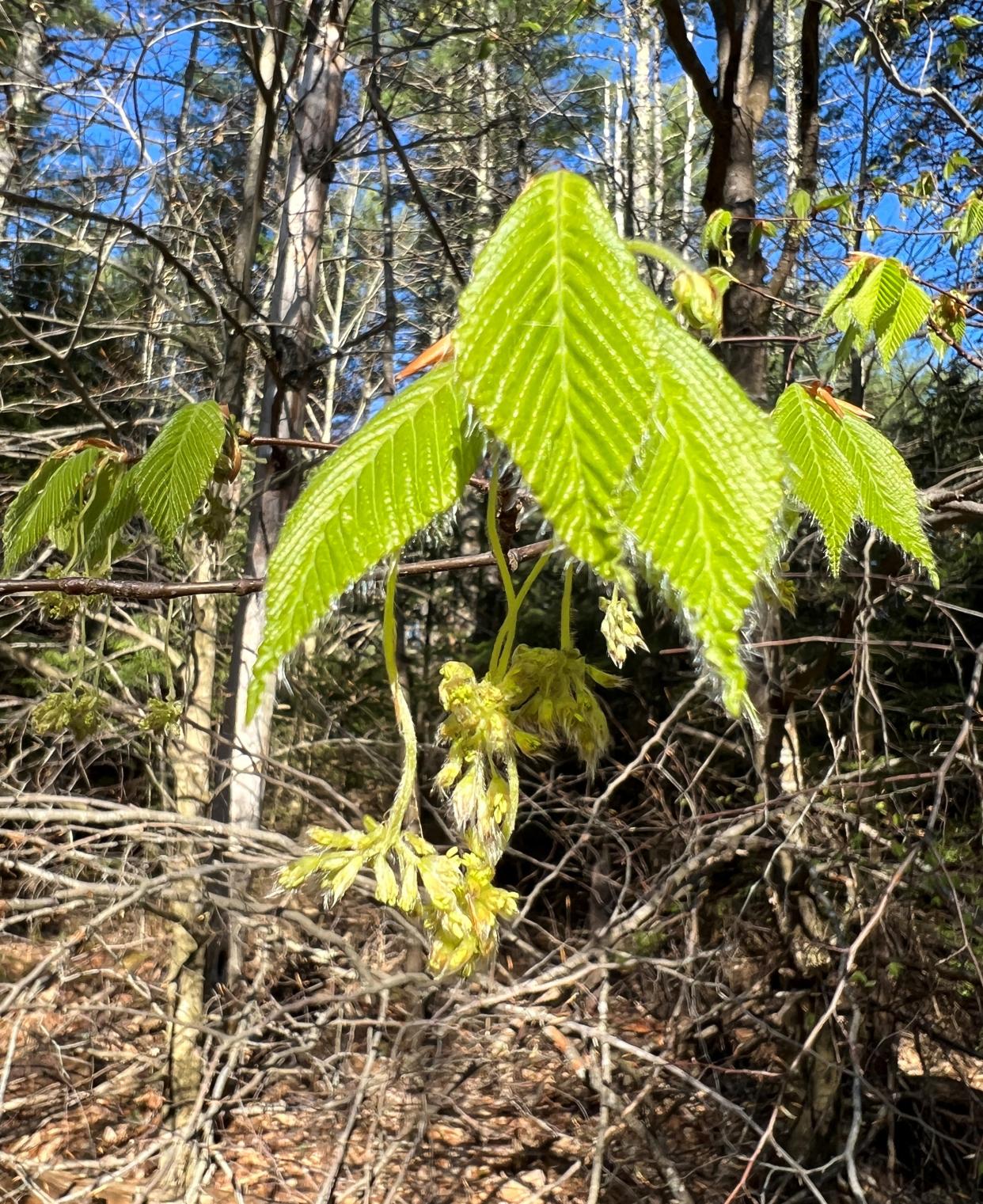
I couldn’t find anything on the mechanics of false hellebore leaf unfolding but did find an old study about beech leaves. In “The Geometry of Unfolding Tree Leaves” (Proc. R. Soc. Lond. B 1998) H. Kobayashi et. al. researched the unfolding of beech tree leaves with an eye towards applications for the design of folded deployable structures like solar panels (in space) and satellite antennae as well as the more mundane folding and packaging of tents and clothes. Their research focused on hornbeam and beech leaves. They found that the side veins of these leaves are angled at 30-50 degrees from the central vein in the leaf. Higher angles allowed the leaf to be folded more compactly within the bud, but this also means the leaf takes longer to expand. They proposed that the angle of the side veins might allow the plant to optimize the timing of leaf deployment with ecological and physiological conditions. For example, is it more beneficial to a plant to unfold or unroll its leaves slowly or quickly? Too quick and a late frost (remember that late frost last year that defoliated a huge number of beech trees in this area?) could kill the leaf. Too slow and the plant can’t start photosynthesizing quickly enough.
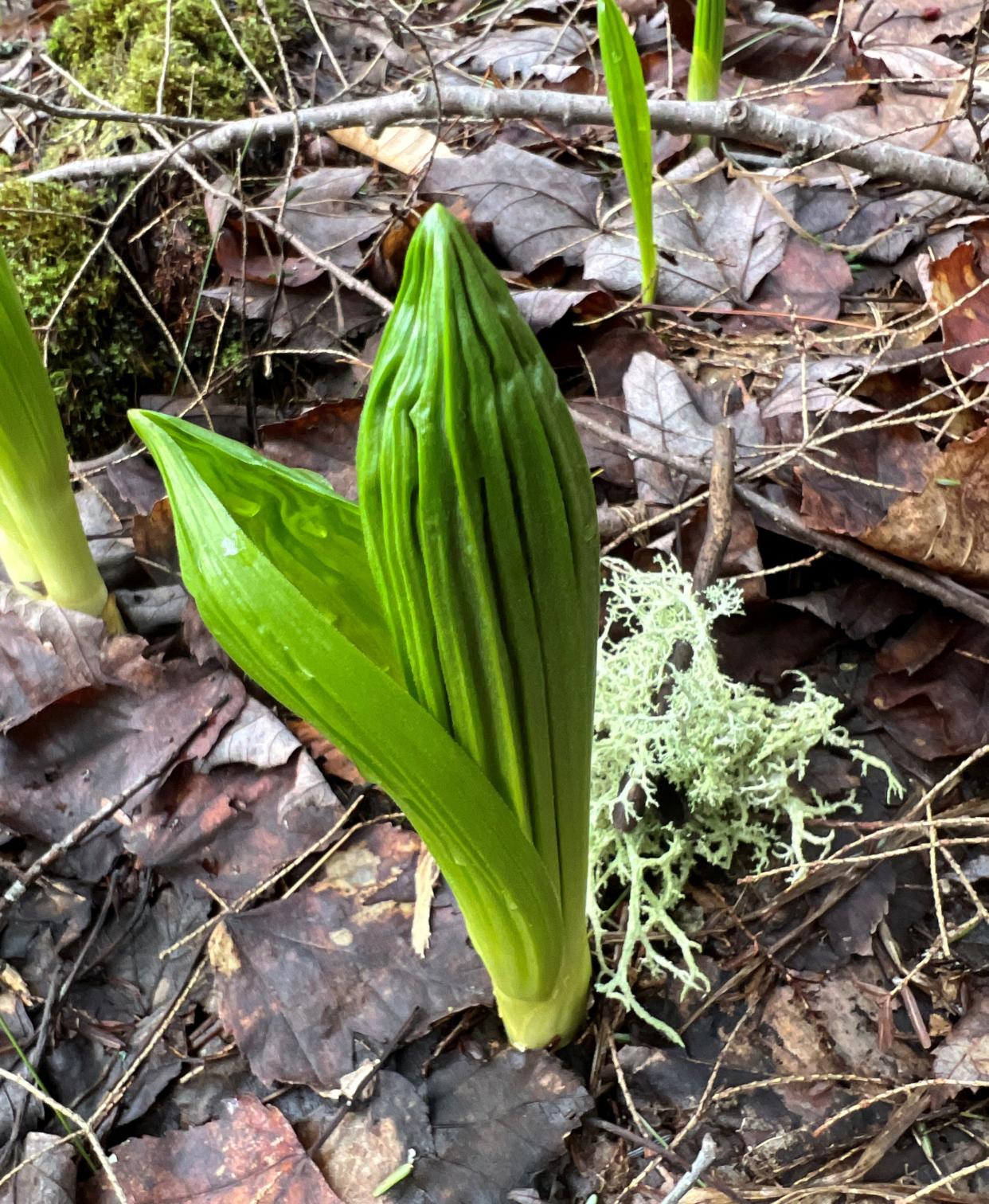
False hellebore (Veratrum viride), as a member of the lily family, doesn’t have a central vein, it has a series of parallel veins that is a characteristic of all members of the lily family. I mention this because looking at the vein patterns of leaves is a great way to break into the complicated world of plant identification. These are really fun plants to look for right now because their growth form is so distinctive. It can be easy to confuse them with skunk cabbage because both grow in wetlands and both have big green leaves. However, if you go into the field thinking about this idea of leaves unfolding vs unrolling it makes identification a snap. False hellebore are also a ‘fun’ species to get to know because they are one of the most poisonous plants growing in our backyards. False hellebore contains a variety of steroidal alkaloids-chemicals that interfere with sodium channel function in the nervous system. Ingestion can lead to cardiac arrest and death. This is a plant you want to keep away from anyone who might possibly try a bite.
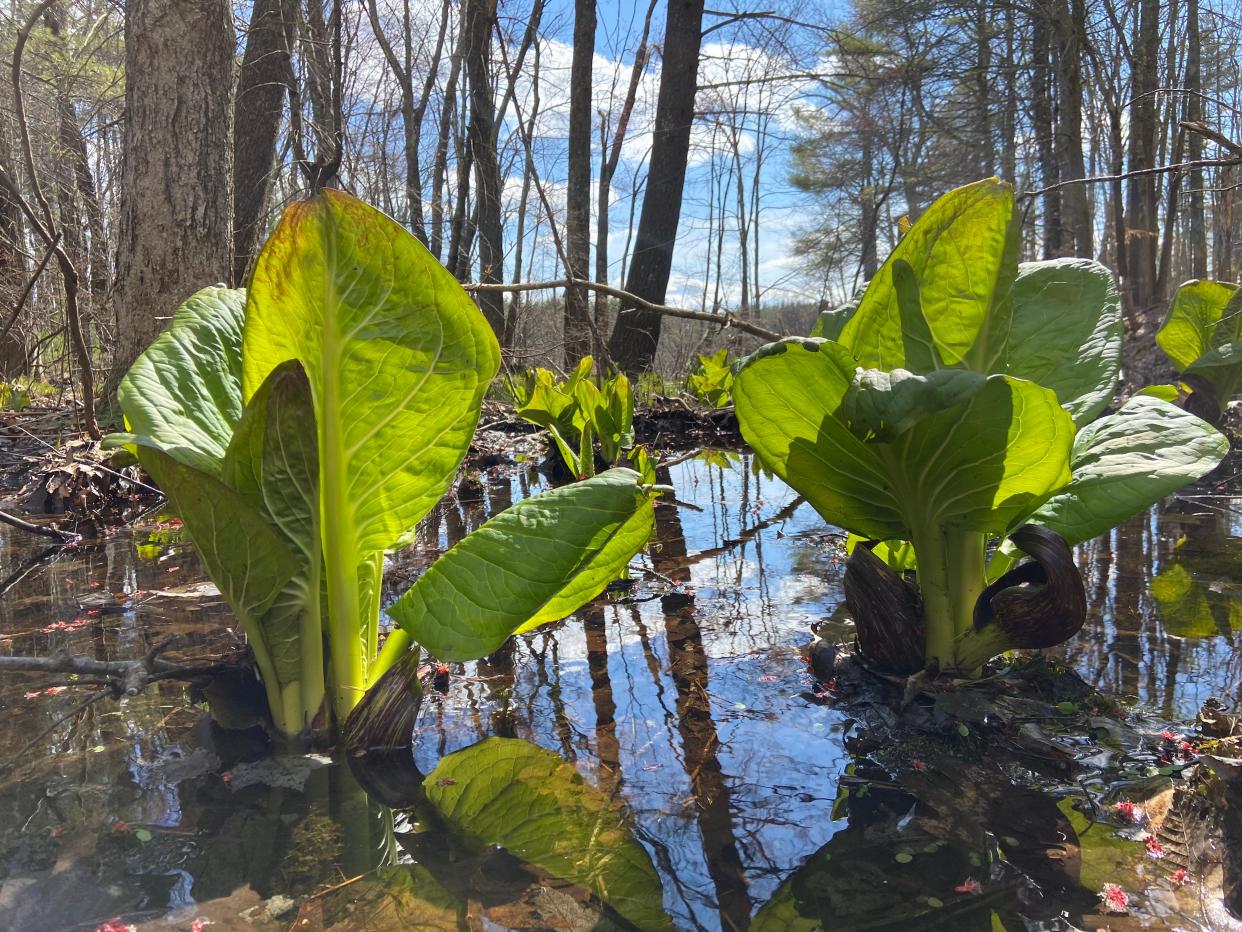
One of my nature projects this spring is to pay attention not just to who is leafing out, but how they are leafing out. There is so much beauty in this and so much fun in looking for these patterns in nature. The nested coils of the early leaves of a skunk cabbage and the accordion folds of false hellebore are works of art, worth a trip to a wetland near you.

Susan Pike, a researcher and an environmental sciences and biology teacher at Dover High School, welcomes your ideas for future column topics. Send your photos and observations to spike3116@gmail.com. Read more of her Nature News columns at Seacoastonline.com and pikes-hikes.com, and follow her on Instagram @pikeshikes.
This article originally appeared on Portsmouth Herald: Spring leaves unraveled: Nature News
